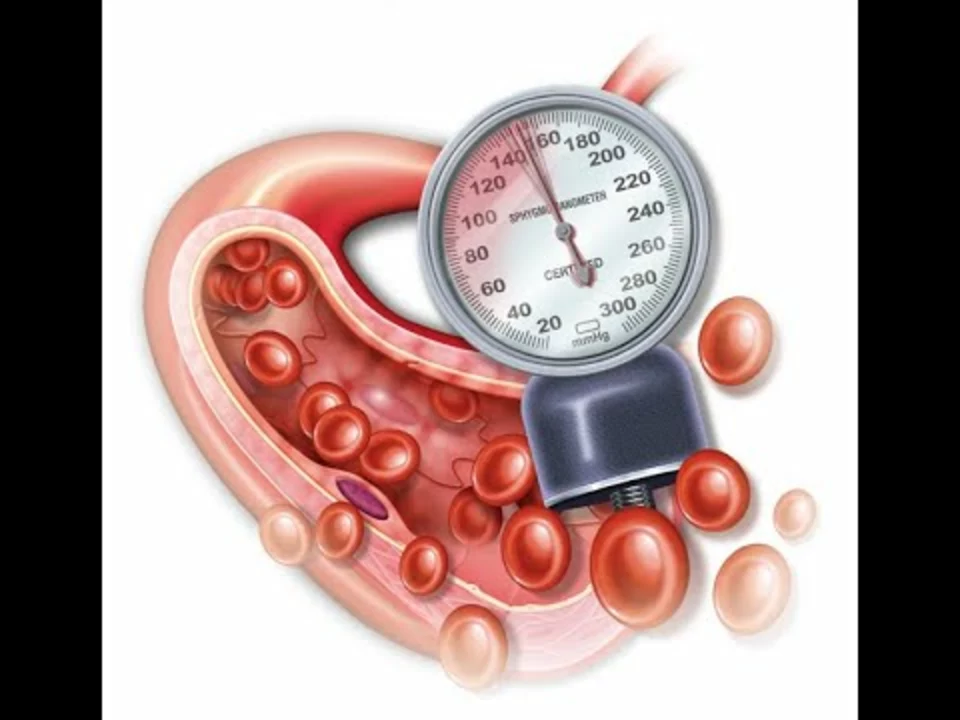Side Effects: What to Watch for and How to Handle Them
Ever started a new medicine and felt something off the same day? Side effects are normal for many drugs, but you don’t have to guess what to do. This page gives clear, usable steps to spot bad reactions, cut your risk, and act fast when needed.
Recognize the signs fast
Not all side effects look the same. Some arrive within minutes — like hives, swelling, or trouble breathing — and mean you may be having an allergic reaction. Others creep up over days or weeks: nausea, fatigue, headaches, or changes in sleep and mood. Watch for specific red flags that need immediate care: chest pain, sudden shortness of breath, fainting, severe belly pain, high fever, or any sudden rash with blisters.
Track timing. If symptoms show up right after a dose, the medication is a likely cause. If they start slowly, check recent changes: new prescriptions, supplements, or even different brands of the same drug.
Practical steps to reduce risk
Start low, go slow. When a doctor prescribes a new drug, ask if you can begin at a lower dose and increase slowly. Keep a short side-effect diary for the first two weeks: drug name, dose, time, and any symptoms. That record helps your doctor spot patterns fast.
Know common interactions. Grapefruit juice boosts levels of some statins and blood pressure medicines. St. John’s wort can make birth control and antidepressants less effective. Mixing NSAIDs (like ibuprofen) with blood thinners raises bleeding risk. Tell every provider about all medicines, vitamins, and herbal supplements you take — pharmacists can flag issues you might miss.
Adjust for age and health. Older adults and people with kidney or liver problems often need lower doses because their bodies clear drugs more slowly. Pregnant or breastfeeding people should double-check safety — many meds have safer alternatives.
If you suspect a serious side effect, stop the medication only if your doctor tells you to — except in life‑threatening cases like severe allergic reactions. For dangerous signs (trouble breathing, swelling of face or throat, fainting, severe bleeding), seek emergency care right away.
Report reactions. Sharing your experience helps others. In the U.S., you can report bad drug reactions to FDA MedWatch. Many countries have similar systems. Also tell your prescriber so they can adjust treatment.
Simple habits help a lot: read the patient leaflet, keep a current list of medicines, ask the pharmacist about interactions, and schedule a follow-up after starting a new drug. Small steps reduce surprises and keep treatment working for you.
If you want, scan our site for drug-specific guides that list common side effects and safer alternatives. When in doubt, call your doctor — a quick question can prevent a big problem.
Deprescribing Frameworks: How to Safely Reduce Medications and Cut Side Effects

Deprescribing is the safe, structured process of reducing unnecessary medications to cut side effects and improve quality of life-especially for older adults on multiple drugs. Learn how it works, which meds to question, and how to start the conversation with your doctor.
- November 14 2025
- Tony Newman
- 11 Comments
Valif: Uses, Dosage, Side Effects & Safety Guide

Learn what Valif is, how it works, proper dosage, common side effects, and safety tips. Get clear answers for everyday use and precautions.
- September 21 2025
- Tony Newman
- 9 Comments
Hypertension Treatment: A Guide to Medications and Their Side Effects

In my latest blog post, I've explored the various medications available for hypertension treatment and their potential side effects. I've learned that it's crucial to find the right medication for each individual, as one size doesn't fit all when it comes to managing high blood pressure. Some common medications include diuretics, beta-blockers, and ACE inhibitors, each with its own set of possible side effects. I also delved into the importance of discussing these side effects with your doctor, as they can help adjust the dosage or switch to a different medication if needed. Overall, understanding the options and being proactive about your treatment plan can make all the difference in managing hypertension effectively.
- May 20 2023
- Tony Newman
- 13 Comments
